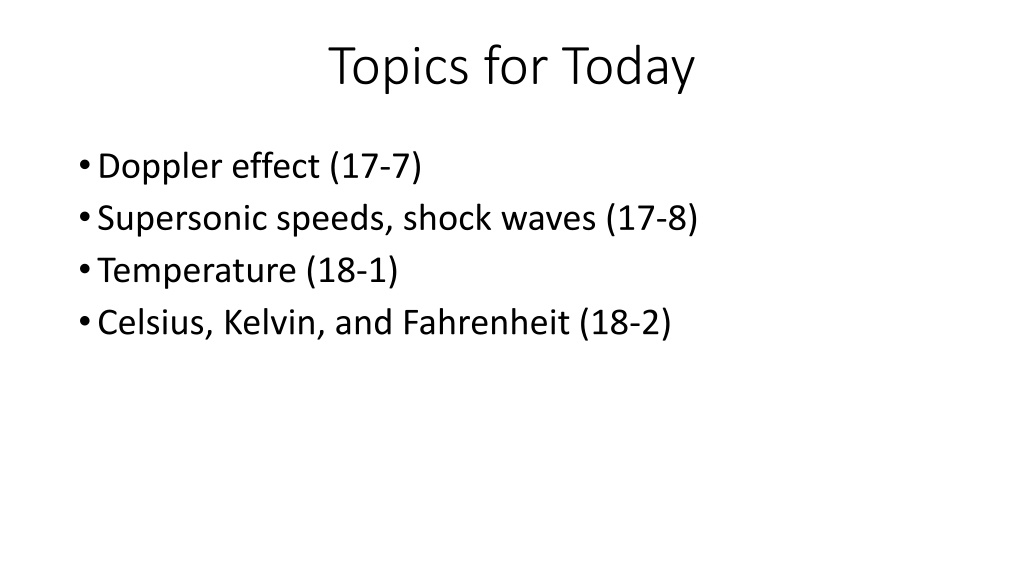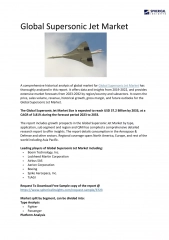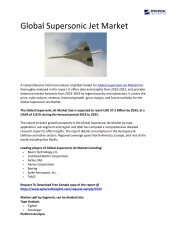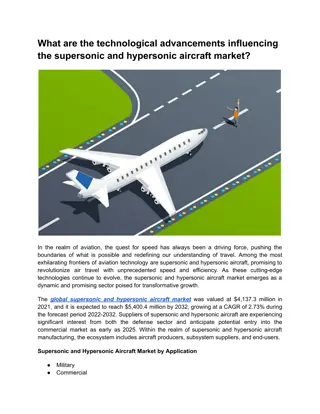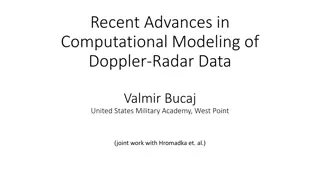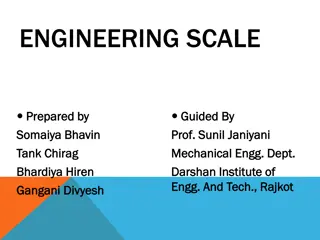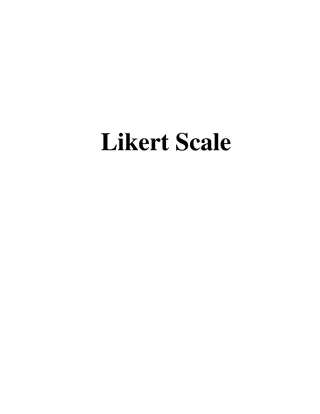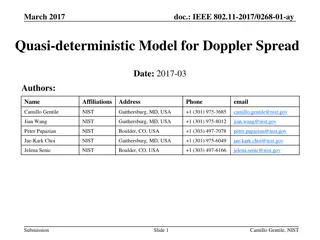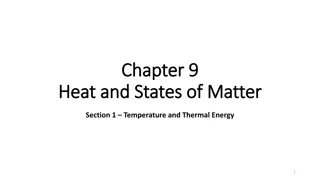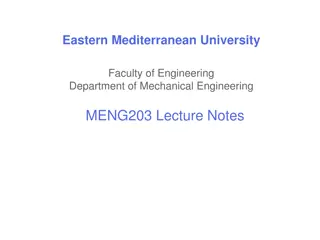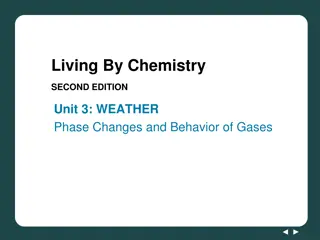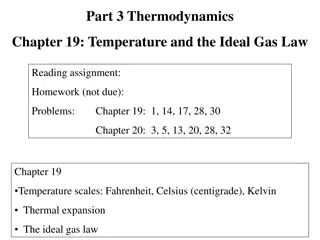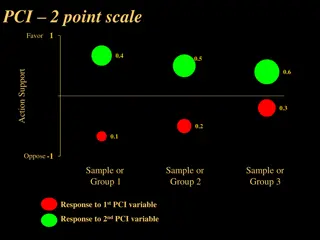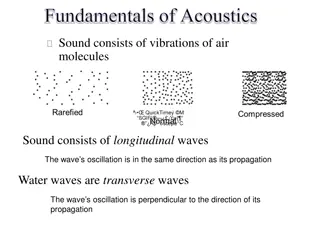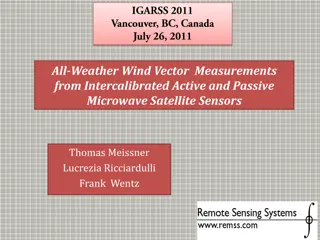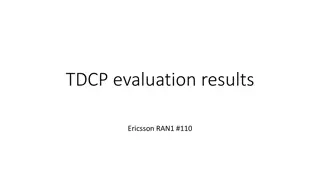Exploring Doppler Effect, Supersonic Speeds, and Temperature Scales
Discover the fascinating concepts of Doppler effect, supersonic speeds, and temperature scales like Celsius, Kelvin, and Fahrenheit. Dive into the interactions of sound waves with moving sources, shock waves at supersonic speeds, and the differences in musical notes produced by various instruments. Unveil the wonders of physics and temperature measurement in this engaging content.
Download Presentation

Please find below an Image/Link to download the presentation.
The content on the website is provided AS IS for your information and personal use only. It may not be sold, licensed, or shared on other websites without obtaining consent from the author. Download presentation by click this link. If you encounter any issues during the download, it is possible that the publisher has removed the file from their server.
E N D
Presentation Transcript
Topics for Today Doppler effect (17-7) Supersonic speeds, shock waves (17-8) Temperature (18-1) Celsius, Kelvin, and Fahrenheit (18-2)
Doppler Effect Do demo 3B40.10 - Doppler Effect - Buzzer and String Sound waves from a stationary source expand out equally in all directions. If the source is moving, then the waves moving in the same direction get bunched together. Waves moving in the opposite direction get spread out. Observed frequency is ? = ?? ?? ? ?? where f = source frequency, v = speed of sound, vd = speed of detector, vs = speed of source To get the +/- signs right, remember that moving towards each other increases frequency.
Doppler Effect Detector is stationary. Waves with wavelength, , move past at speed, v. Number of waves in time, t, is ? = ??/?. Frequency of waves passing detector ? =? ?=?? ??=? ? Detector moves towards source with speed ??. Waves move past at relative speed ? + ??. Number of waves in time, t, is ? = (? + ??)?/?. Frequency of waves passing detector ? =? ?=(?+??)? =?+?? ?? ? ? =?+?? =?+?? ? ?=?+?? ? ? ? ?
Doppler Effect A child is swinging back and forth with a constant period and amplitude. Somewhere in front of the child, a stationary horn is emitting a constant tone of frequency fS. Five points are labeled in the drawing to indicate positions along the arc as the child swings. At which position(s) will the child hear the lowest frequency for the sound from the whistle? a) at B when moving toward A b) at B when moving toward C c) at C when moving toward B d) at C when moving toward D e) at both A and D
Supersonic Speeds What happens when the source moves faster than the speed of sound?
Supersonic Speeds and Shock Waves What happens when the source moves faster than the speed of sound? Do bull whip demo.
17 17- -8 8 Supersonic Speeds, Shock Waves Supersonic Speeds The wave fronts coincide along the surface of a cone, called the Mach cone. The amplitudes of the waves add, making a large amplitude which is a shock wave . The half angle of the Mach cone is given by sin? =?? ???=? ?? Smaller cones for higher speeds.
Sources of Musical Sound Which one of the following statements explains why a trombone and a didgeridoo playing the same musical note sound different? A) The fundamental frequency is different for each instrument. B) The two instruments have the same fundamental frequency, but different harmonic frequencies. C) The two instruments have the same harmonic frequencies, but different fundamental frequencies. D) The two instruments have the same fundamental frequency and the same harmonic frequencies, but the amounts of each of the harmonics is different for the two instruments.
17 17- -8 8 Supersonic Speeds, Shock Waves Thermodynamics Is the study of how heat moves between objects and affects their properties. One of the first applications was to calculate the efficiency of steam engines. Heat is energy at the atomic/molecular level.
17 17- -8 8 Supersonic Speeds, Shock Waves Temperature Temperature determines which way heat flows between two system that are in contact. Heat flows from the system at higher temperature to the one at lower temperature. If the two systems have the same temperature, then they are in thermal equilibrium , meaning there is no net transfer of heat between them. Zeroth law of thermodynamics if system A is in equilibrium with system B and system C, then system B is in equilibrium with system C.
17 17- -8 8 Supersonic Speeds, Shock Waves Temperature Temperature is a measure of motion at the atomic/molecular level. Higher temperatures correspond to higher kinetic energies, lower temperatures correspond to lower kinetic energies. This naturally leads to a zero of the temperature scale, when the kinetic energy is zero. The Kelvin scale is defined to be zero at absolute zero , which means the kinetic energy due to heat is zero.
17 17- -8 8 Supersonic Speeds, Shock Waves Temperature The Kelvin scale is defined to be 273.16 K at the triple point of water. The triple point is where you can have liquid water, solid ice, and water vapor all at once. It is very close to the freezing point of water at one atmosphere of pressure.
17 17- -8 8 Supersonic Speeds, Shock Waves Temperature Celsius and Fahrenheit are other temperature scales. ??= ? 273.15 ??=5 9??+ 32
Interference Two identical speakers are emitting a constant tone that has a wavelength of 0.50 m. Speaker A is located to the left of speaker B. Where should you put your ear to hear silence (complete destructive interference occur)? A) 2.00 m from speaker A and 3.00 m from speaker B B) 2.50 m from speaker A and 1.00 m from speaker B C) 2.15 m from speaker A and 3.00 m from speaker B D) 3.75 m from speaker A and 2.50 m from speaker B
Speed of Sound Earthquakes generate sound waves inside Earth. Unlike a gas, Earth can experience both transverse (S) and longitudinal (P) sound waves. Typically, the speed of S waves is about 4.36 km/s, and that of P waves 8.06 km/s. A seismograph records P and S waves from an earthquake. The first P waves arrive 263 seconds before the first S waves. If the waves travel in a straight line, how far away does the earthquake occur? A) 973 km B) 1147 km C) 2120 km D) 2498 km
